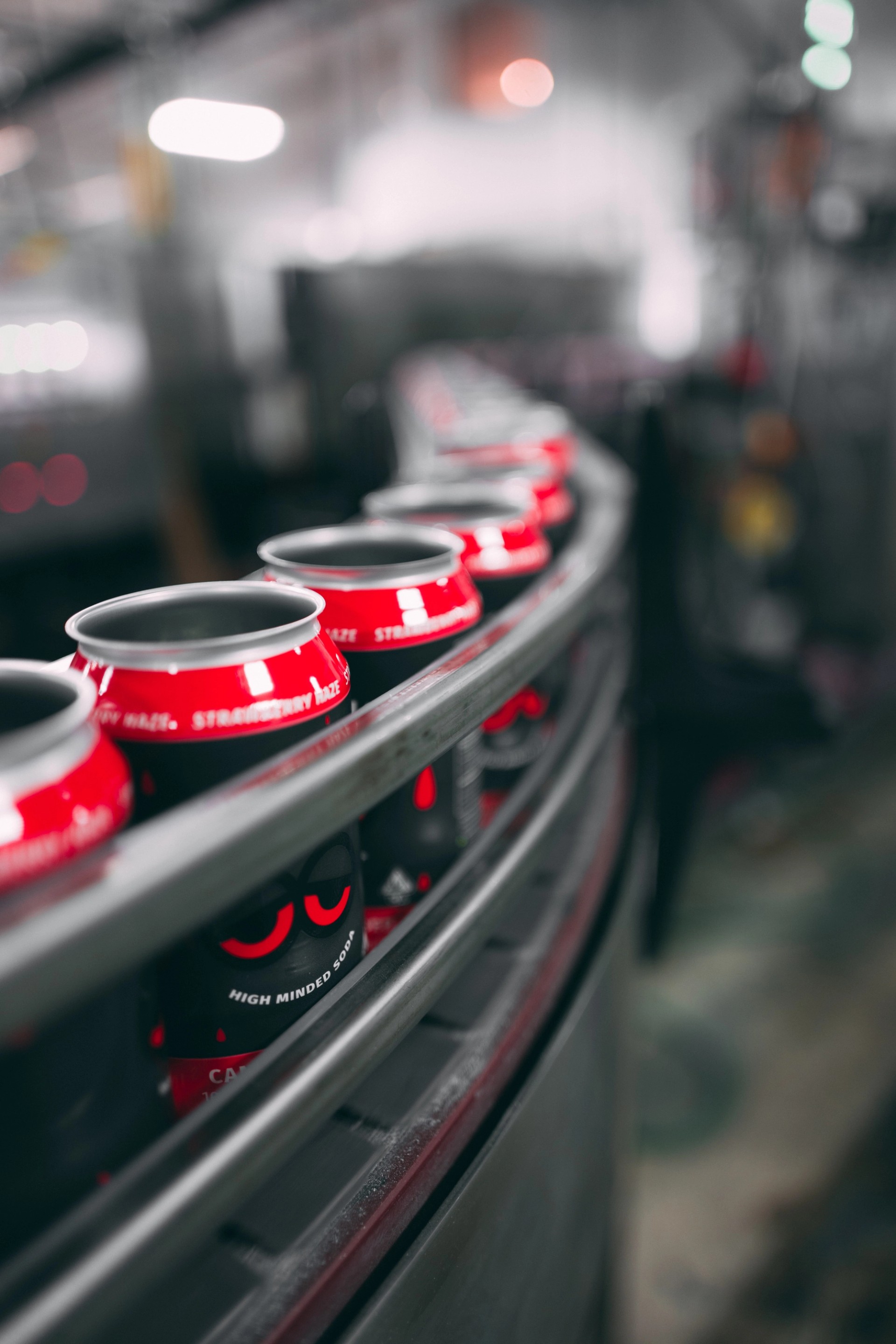What are the Benefits of Sustainable Aluminum?
Episode 3 of our blog series unpacks the many advantages of sustainable aluminum to our clean energy transition
Annie Sartor, Aluminum Campaign Director, Industrious Labs

"Skyrocketing demand for aluminum — expected to rise by 80% by 2050 — is a clear signal that we need to focus on decarbonizing the aluminum supply chain now more than ever."
Sustainable products have become an integral part of our society over the last few decades — from the clothing we wear to the furniture we sit on to the electronics we use to the cars we drive to the paper we dry our hands with. Sustainable, or “responsible,” products can now be found in nearly every household item due to heightened awareness of the dirty processes involved in producing those products and disposing of them. Shifting to “green” practices can help businesses reduce their carbon footprint and local pollution, save money, and establish themselves as responsible companies.
The processes used to create so many of the products we use every day is part of the problem, and one that many companies are starting to pay a lot more attention to, as manufacturing is often highly polluting. This is why Industrious Labs, alongside other advocates, are working to decarbonize primary aluminum production so that we may have very low (and eventually zero) carbon aluminum that is sustainable, economically viable, and energy efficient.
A highly durable, infinitely recyclable, and lightweight metal, aluminum is an important material for our zero-carbon future. It’s used to create so many products including cell phones and soda cans, as well as clean energy products like electric vehicles, solar panels, transmission wires, and many others. With the potential to be a part of our sustainable future, it can be reused over and over without losing its shape and quality. Aluminum used in a can of soda can one day be used in a toaster, then again in a truck, then again in a skyscraper building. Unfortunately, the processes to create aluminum are often carbon-intensive.
It is possible for the aluminum industry in the U.S. to make progress in decarbonizing their production processes. Already, we are seeing some steps in the right direction. Earlier this year, the U.S. Department of Energy selected Century Aluminum’s proposal to build a new primary aluminum smelter, as part of its $6.3 billion in funding toward industrial decarbonization projects across industrial manufacturing in the U.S. This facility would be the first ever aluminum smelter to operate on 100% clean energy and produce low-carbon aluminum (additionally, three other aluminum projects by other companies were collectively funded up to $164.6 million for other aluminum initiatives). The Green Aluminum Smelter project would avoid 75% of emissions that come out of today’s primary aluminum facilities that use fossil fuel-based energy, furthering efforts by the industry to reduce their carbon footprint.
Just as some consumers are looking to purchase more responsibly, some companies that purchase materials to manufacture their products are also doing the same thing. Some of the major companies that purchase aluminum are making sustainability a key priority for their products, their consumers, and their business. More and more companies are recognizing aluminum’s essentiality to both their successes and reducing their carbon footprint. In 2023, Fortune 500 companies including Ford, PepsiCo, GM, Rivian, Ball Corporation, and others wrote a letter and met with the U.S. Department of Energy calling for the investment of federal funding in clean aluminum smelters.
More clean aluminum would simultaneously clean up and secure supply chains for many consumer-facing brands. Right now, the U.S. imports about 80% of all the primary aluminum used domestically, placing downstream buyers — including the companies seeking to build the electric vehicles, transmission lines, heat pumps, and more that are becoming the backbone of our economy — at the mercy of long supply chains and often even more carbon-intensive imports. More progress can be made if more and more aluminum purchasers prioritize decarbonizing their products.
Some car companies, for example, are working with aluminum producers together to pursue their decarbonization goals, but many others still have a long way to go. An example of an automaker-producer relationship heading in the right direction is Ford and Rio Tinto. The two companies established a partnership in 2022 to develop more sustainable and secure supply chains for materials including low-carbon aluminum. Their partnership would strengthen the supply of sustainable aluminum used in Ford vehicles by producing the metal using zero-carbon smelting technology that Rio Tinto is developing in their hydro-powered facilities in Canada. Norsk Hydro and Porsche also pursued a similar partnership, where Norsk Hydro will supply Porsche with low-carbon aluminum in order to reach their net carbon-neutral value chain goal by 2030. These partnerships between aluminum producers and buyers are critical to creating demand for more sustainable aluminum.
Skyrocketing demand for aluminum — expected to rise by 80% by 2050 — is a clear signal that we need to focus on decarbonizing the aluminum supply chain now more than ever. We need much more of it than we’re consuming today. By 2035, we will need more aluminum annually for solar and wind applications than all the aluminum we produce or consume across all sectors today.
To produce sustainable aluminum and meet increasing demands, we need to move aluminum production into the future by cleaning up facilities and ensuring producers are able to access clean and affordable energy. Access to clean and affordable energy is one of the largest barriers to the success of primary aluminum production, leading to the closure of multiple smelters in recent years, which is threatening our clean energy transition. Century Aluminum’s Green Aluminum Smelter project is a perfect example of how we can reverse this decline. The answer to our problem is clear: sustainable aluminum is the key to a sustainable future.